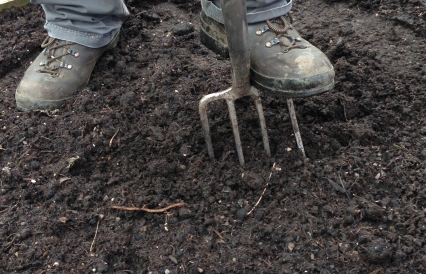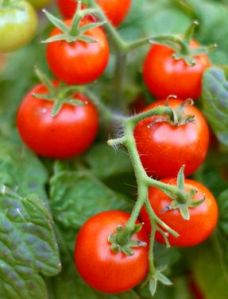What to focus on, as your gardening chores for February:
 1. Still ensure that all your tender plants are securely protected by fleece.
1. Still ensure that all your tender plants are securely protected by fleece.
2. If not already done, its your last chance to prune the dormant shrubs and trees that require a good shaping up. Any Winter flowering shrubs must be pruned after they have finished flowering. Take care not to cut the Spring flowering shrubs back otherwise you may miss the show this year.
3. Any bareroot plants such as roses and trees can be planted, as long as the soil is not frozen or waterlogged. This gets them off to the best start in Spring.
4. Net your fruit and vegetables to keep the birds away.
5. Plant onion, shallots and garlic towards the end of this month.
6. Late flowering clematis can be cut back to the lowest and strongest buds followed by a good mulch and feed.
7. The ornamental grasses that have been left over Winter, can now be cut back, as you would have noticed the new shoots emerging.
8. Mowing may be necessary if the weather is mild, but do not mow if the conditions are very wet as you may damage the lawn.
9. A lighter form of lawn scarification can be done with a leaf rake to begin clearing the remaining moss for preparation of overseeding your bare patches.
10. Chit your potato tubers in preparation for planting.
Happy Gardening!






